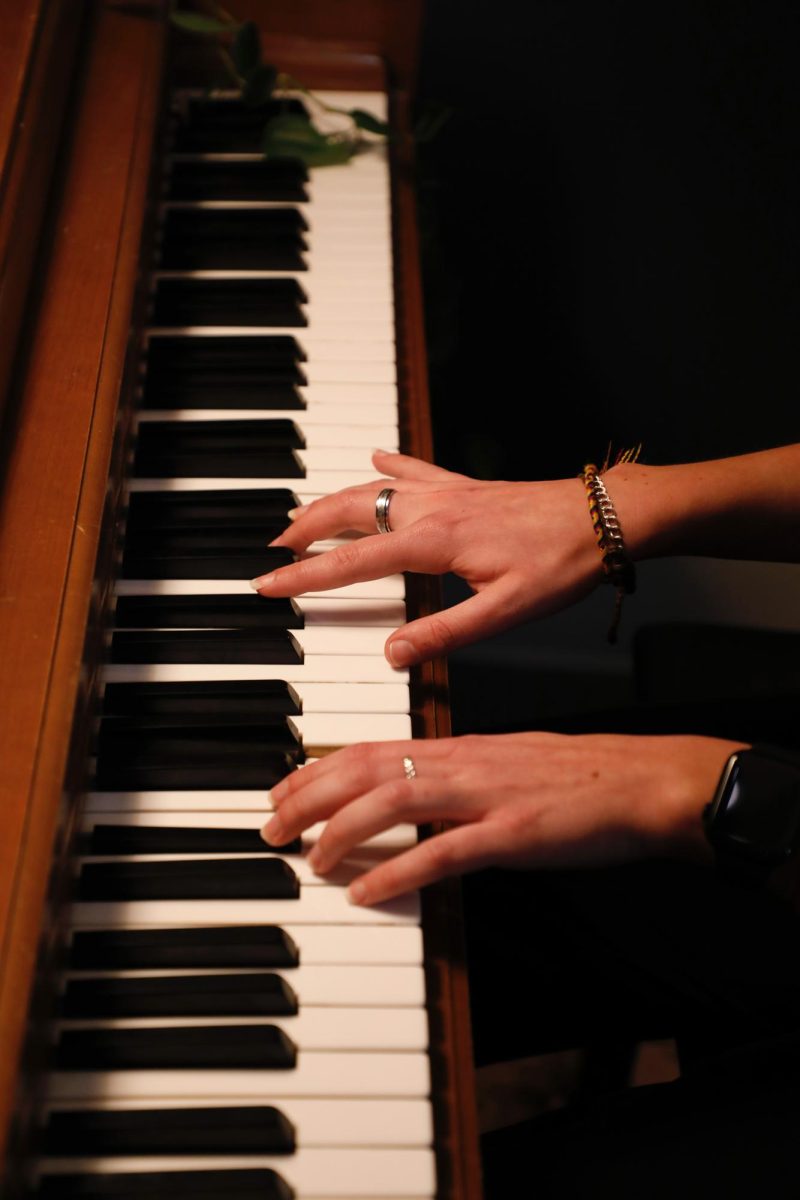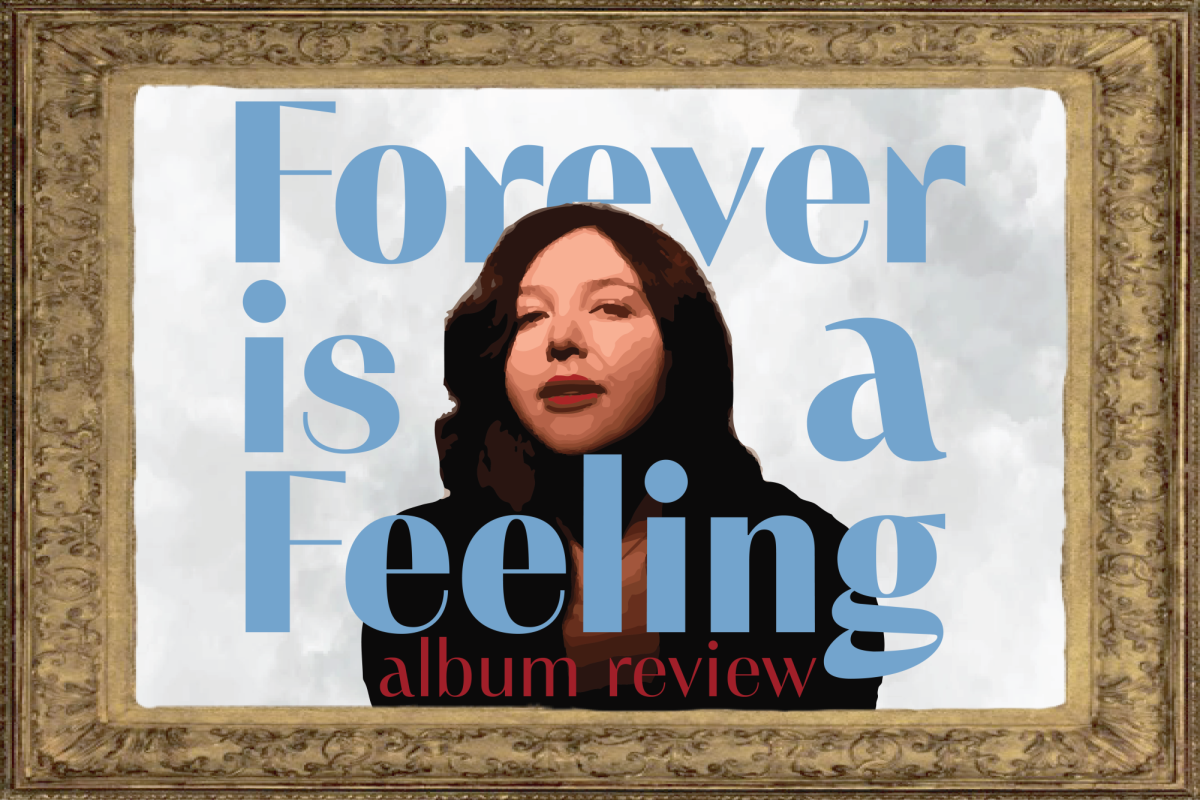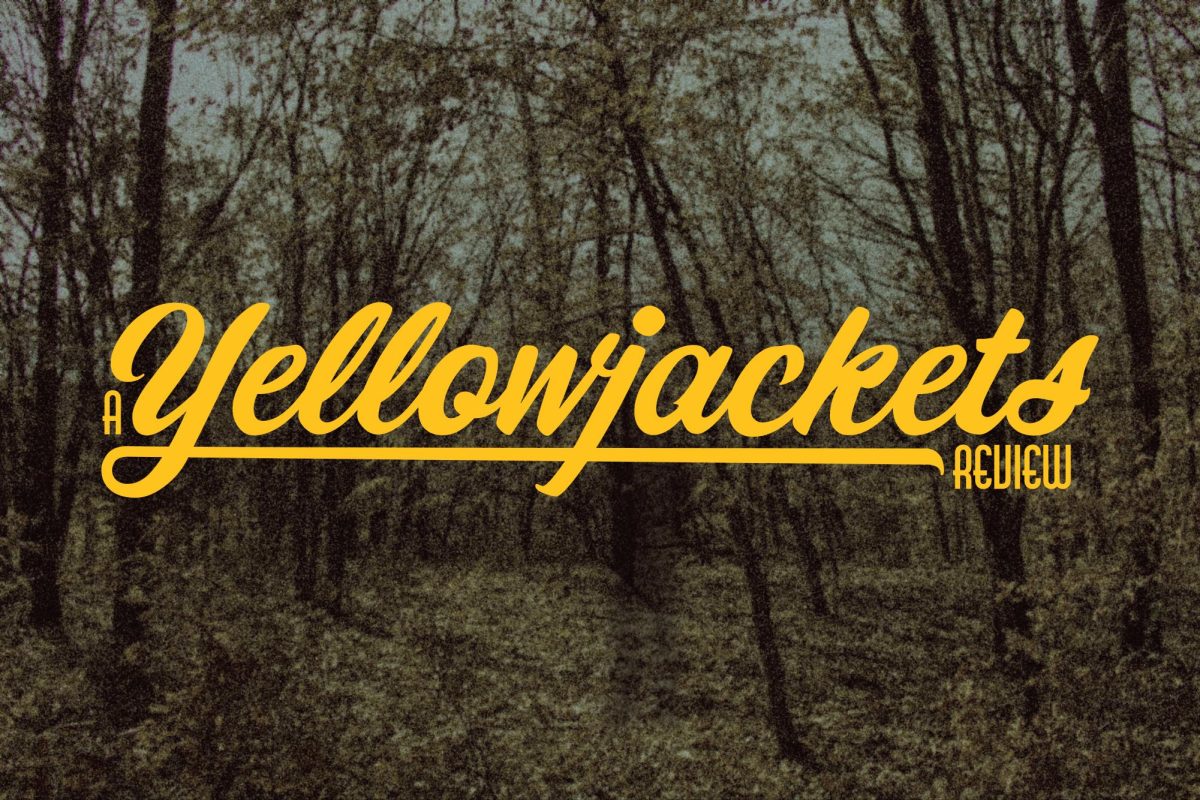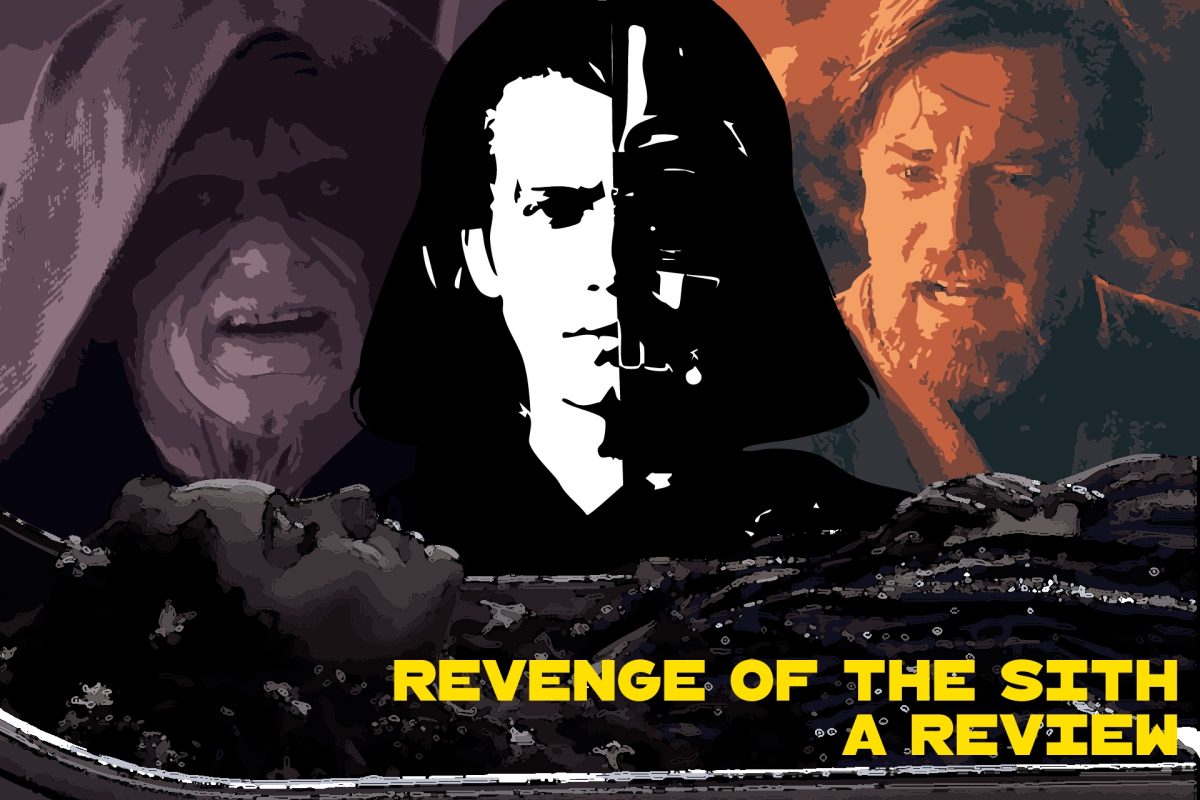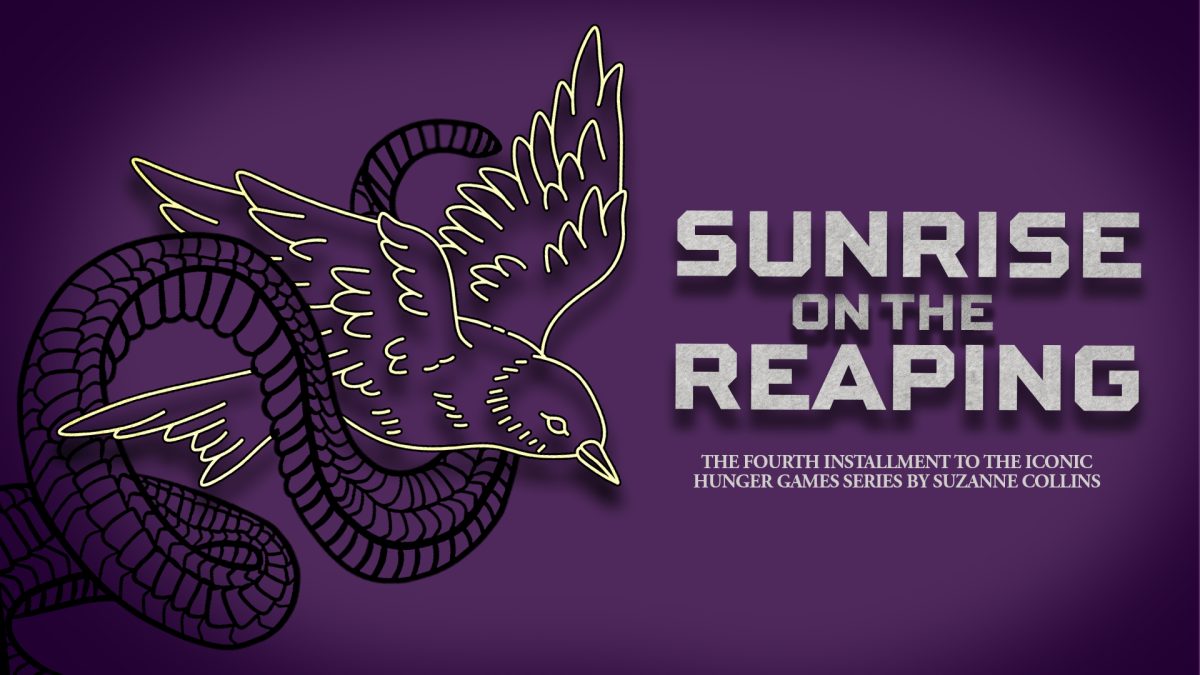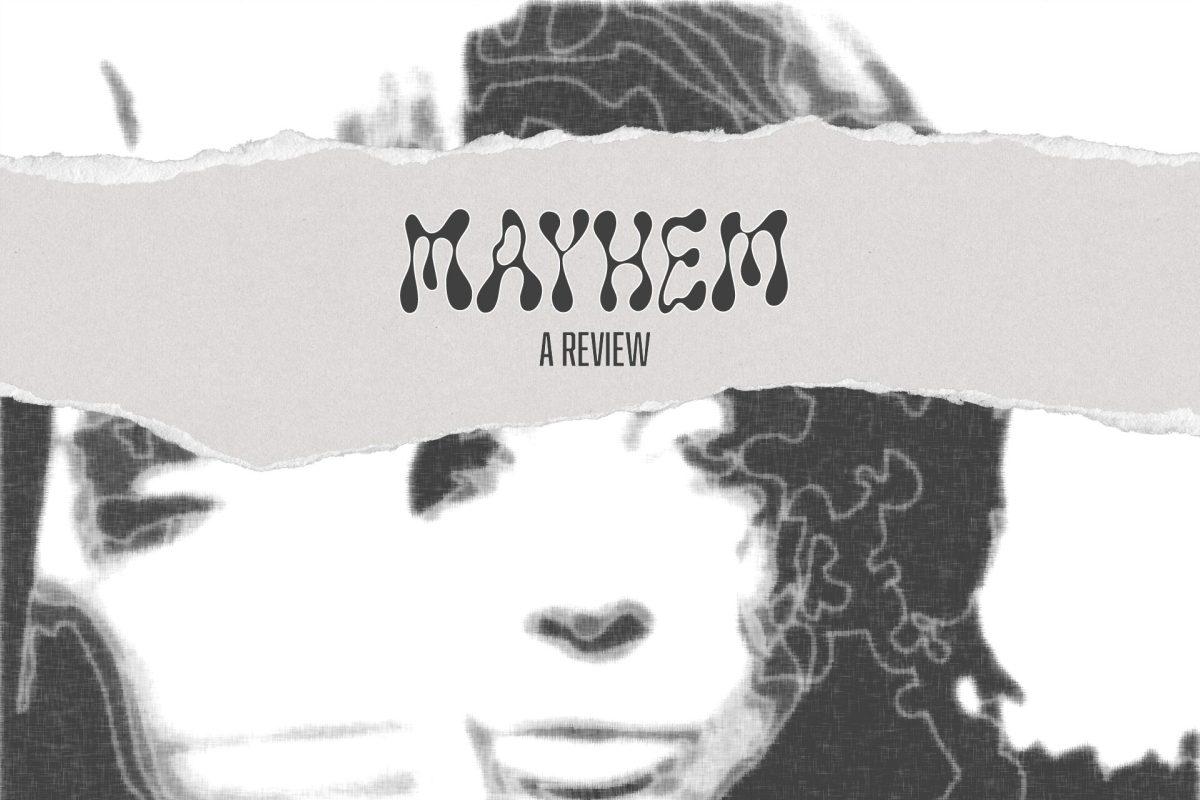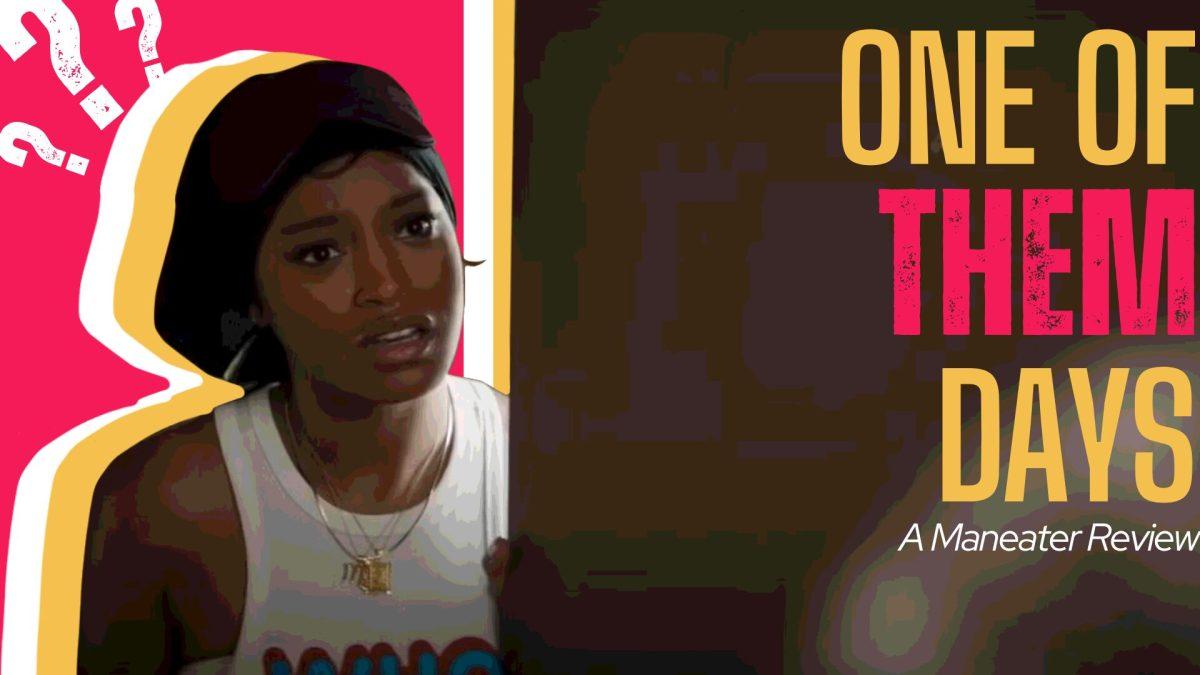Will Ferrell and his close friend Harper Steele embark on a road trip filled with laughter and tears as they navigate Steele’s recent transition within the context of their friendship.
The COVID-19-induced isolation offered many a space to reflect on themselves away from any societal pressures of the prying public eye. For Will Ferrell, this reflection came after his close friend, Harper Steele, sent an email to Ferrell and others announcing her coming out as a transgender woman. Seeking to explore their feelings and questions about Steele’s transition, Steele and Ferrell set off on an impromptu cross-country road trip together. The footage from this trip, which took place three years ago, was released on Netflix as “Will & Harper” on Sept. 27.
As explained in the documentary, Ferrell was hired as a cast member at Saturday Night Live the same week Steele was hired as a writer. Steele, who eventually became the head writer at SNL, immediately clicked with Ferrell. The documentary detailed how she wrote scripts for him to star in, encouraged other writers to use him more in sketches and urged cast members to see him in the same comedic light that she did. It’s easy to see this closeness come through the screen during their trip together. After three decades of friendship, their love for each other is obvious and unwavering.
Despite this, “Will & Harper” maintains a level of detachment from genuine intimacy that makes it difficult to become fully invested in their lives. We as viewers are never completely immersed in the world of Ferrell and Steele; instead, we observe from a distant, almost peanut-gallery perspective. For example, when Steele explains why she chose the name Harper, the camera is positioned in front of the windshield rather than inside the car. By framing it so that a pane of glass is placed in front of Steele, viewers who want to lean in and share that moment are kept at a distance.
This lack of closeness also makes it difficult for LGBTQ+ people to engage with the film in any non-surface-level way. “Will & Harper”’s overarching idea that being transgender in the U.S. is difficult and complicated might be new to straight, cisgender people, but can feel redundant for those already living that reality. The documentary clearly caters to those who don’t know what being LGBTQ+ in smaller, Republican-leaning towns can feel like; however, this isn’t necessarily a bad thing. In exploring Steele’s personal experience with transitioning, Ferrell encourages his audience to re-evaluate their preconceived notions about trans people. The documentary strives to foster empathy for LGBTQ+ people in audiences that would otherwise remain disconnected from their experiences.
Watching Ferrell and Steele navigate these notoriously intolerant places on their trip reminded me of the anti-trans legislation and rhetoric I see here in Missouri. While an ordinance passed by Columbia City Council declared the town a safe haven for LGBTQ+ people in February, statewide restrictions on gender-affirming medical care and trans student athletes’ involvement in school sports leave many trans people without the resources needed to thrive. “Will & Harper” underscores that these bills directly affect real people like Steele – an idea that may seem obvious to some but is crucial for those who may not fully understand the impact of these realities on LGBTQ+ communities.
One of the only times the film feels truly geared toward LGBTQ+ audiences is when Ferrell and Steele visit a home in Trona, California. Purchased by Steele in 2015, the house was supposed to be a refuge from the outer world. There, before her transition and far from her other life in New York, she lived as her authentic self. She wore dresses, put on heels and did her makeup just to close the blinds and walk around the house alone. At the time, Steele had no intentions of expressing herself in this way anywhere except in isolation.
Six years later, the house is recontextualized as a physical manifestation of Steele’s shame and despair as the pair walk through it. The walls had been vandalized, furniture broken and windows smashed. For the first time in the film, viewers are openly let into the depression exasperated by being closeted. We are able to feel the phantom-like existence of Steele’s past and understand the mental state she was in when she bought the house. Steele feels this too; she breaks down in tears before even walking through the door and is visibly shaken up upon seeing the home’s destroyed interior.
Immediately after looking at the house, Ferrell and Steele decide to buy fireworks and set them off in a nearby field. Again, there is no sense of production looming over this moment — just booming noises, glimmering trails of light and the pair’s laughter as they watch each explosion. This intense joy doesn’t override the previous scene; instead, they go hand in hand. The shift from a dark, isolated space to an open field bursting with color symbolizes Steele’s transition.
Ferrell has stated in multiple interviews that the release date of “Will & Harper” being so close to Election Day was intentional. Around this time every year, LGBTQ+ rights become a political talking point. In these arguments, the livelihoods of trans people are reduced to nothing more than statistics and oversimplified narratives. These two scenes prove that there is hope despite this dehumanization.
While we can’t all light off fireworks in a field with Ferrell, we can attend Columbia events like Mid-Missouri PrideFest or get involved with the LGBTQ+ organizations at MU. LGBTQ+ joy isn’t something obtained through hiding from oppression. Instead, it must be cultivated by embracing our identities and actively participating in the communities that uplift us.
“Will & Harper” is a celebration of transness and friendship. Ultimately, it encourages audiences to embrace empathy and understanding in audiences that might neglect to do so. Though the film occasionally feels detached, Steele’s willingness to share her experience with Ferrell — and, by extension, the world —is a gift that should be cherished.
Edited by Ava McCluer | [email protected]
Copyedited by Jayden Bates-Bland and Natalie Kientzy | [email protected]
Edited by Emilia Hansen | [email protected]
Edited by Emily Skidmore | [email protected]


